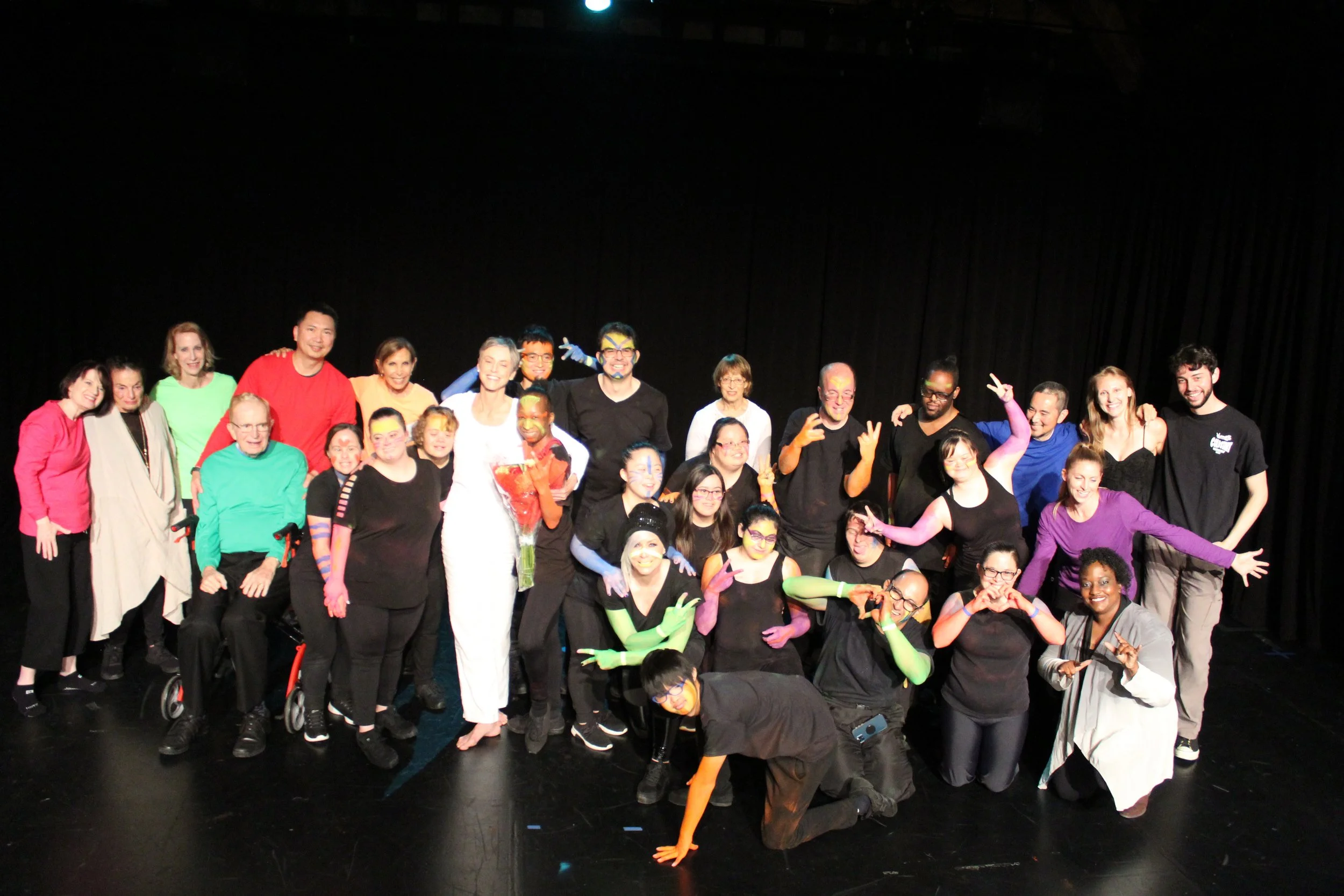Dance and Disability Aesthetics
My creative work explores choreographic strategies that guide people from trauma to healing. I see movement as a way to embody the human experience, where choreography becomes both decision-making and fulfillment. Movement is intentional, evolving, and rooted in the body before extending outward. I am particularly interested in how bodies engage with tasks, identity, history, and environment, recognizing that transformation looks different for everyone.
As a dance educator and disability ally, I view the body as central to artistic expression and social discourse. Dance performance both reflects and challenges cultural norms, revealing how every body is perceived through lenses of gender, race, health, and aging.
My research focuses on disability dance culture, examining how difference disrupts traditional ideas of beauty and aesthetics. I investigate how meaning and language emerge through performance, questioning assumptions of form and representation.
Though not disabled, my work is shaped by long-term engagement with Parkinson’s and physically integrated dance communities. For over a decade, I have taught weekly classes for individuals with Parkinson’s and young people with disabilities.
Moving forward, my research will continue to challenge societal ideas of health, normalcy, and beauty. I aim to examine who gets to dance and how cultural biases shape perceptions of the body. Through inquiry and practice, I seek to disrupt hierarchical views of ability, fostering greater awareness and inclusion in dance.
Curtain Call Cartography of Hope: A Journey of Change - Dancing Through Parkinson’s - Alyssa Park Photography
Straight Up Abilities Venice, CA


